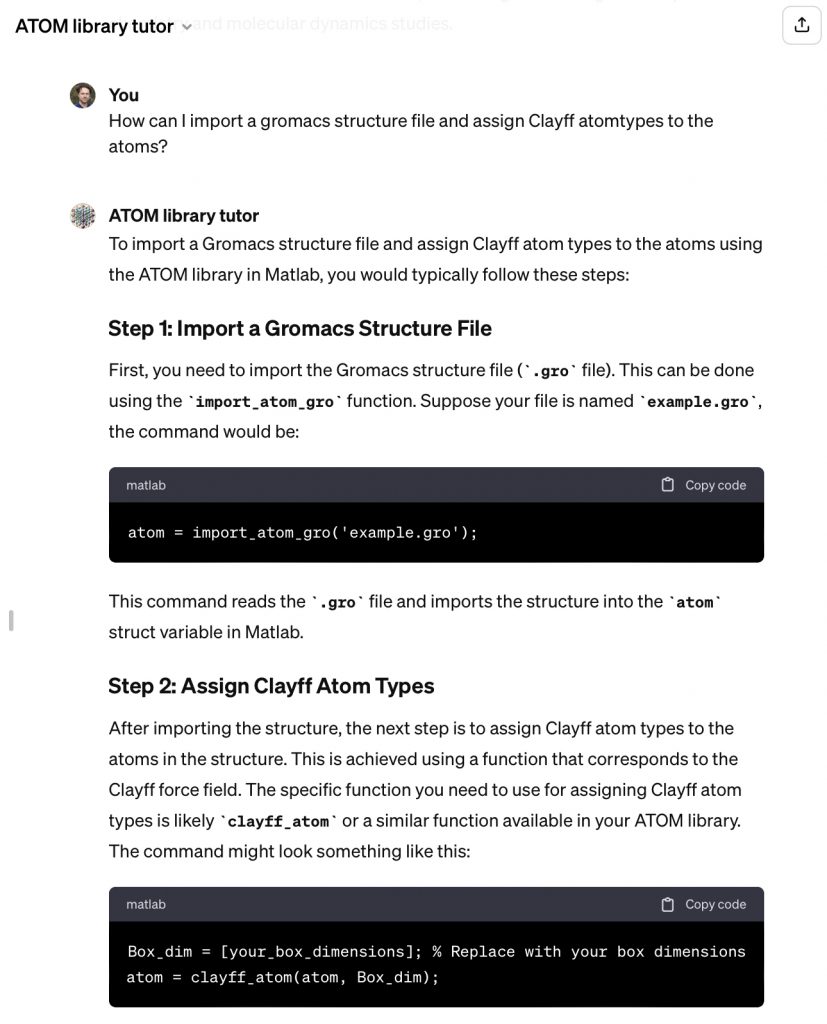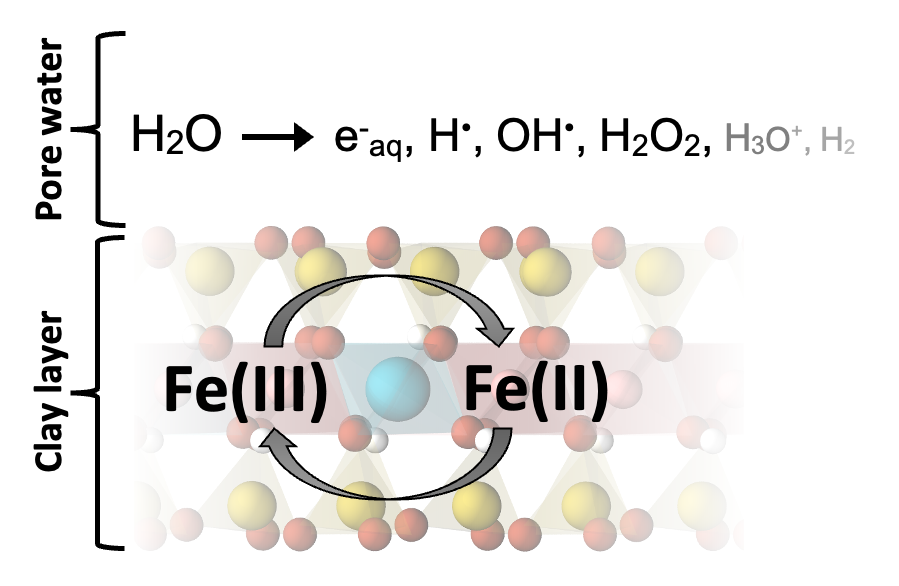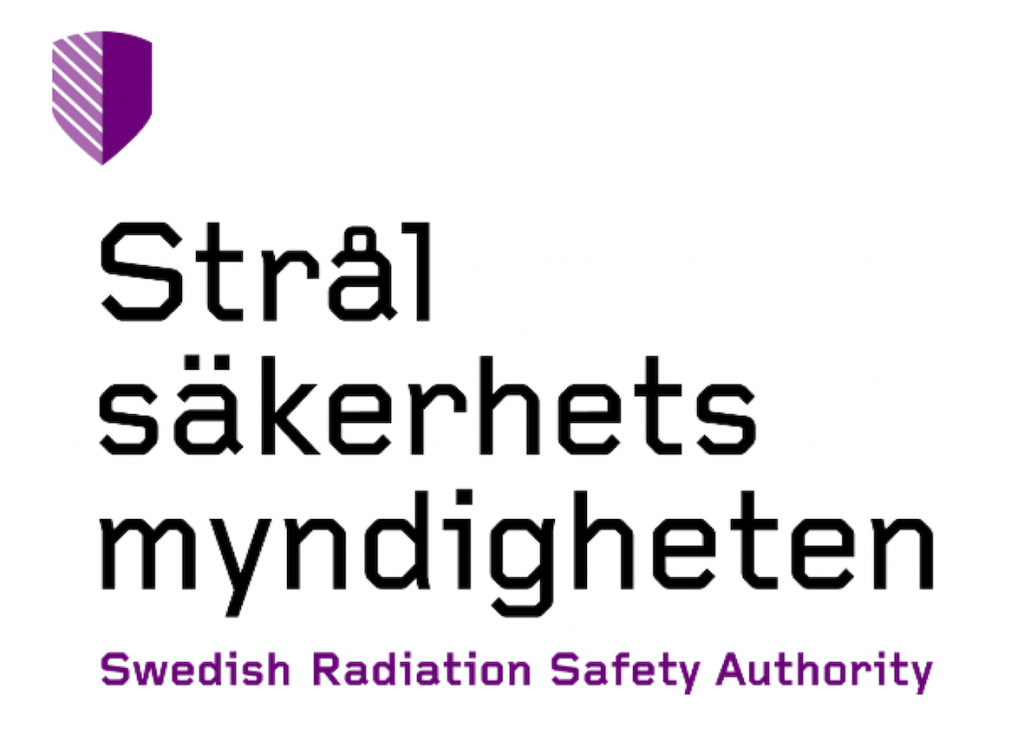Based on a plethora of experiments and advanced geochemical analysis techniques, Hussein Kanbar in the Holmboe group (Department of Chemistry/UMU), in a collaboration with PhD student Fredrik Olajos and Professor Göran Englund from the Department of Ecology and Environmental Sciences/UMU, has published a paper in the Journal of Soils and Sediments, detailing the mineral and geochemical characteristics of Holocene lake sediments from the Hotagen lake in west Sweden (Jämtland). Read more here:
Kanbar, H.J., Tran Le, T., Olajos, F. et al. Tracking mineral and geochemical characteristics of Holocene lake sediments: the case of Hotagen, west-central Sweden. J Soils Sediments (2021). https://doi.org/10.1007/s11368-021-03012-y











